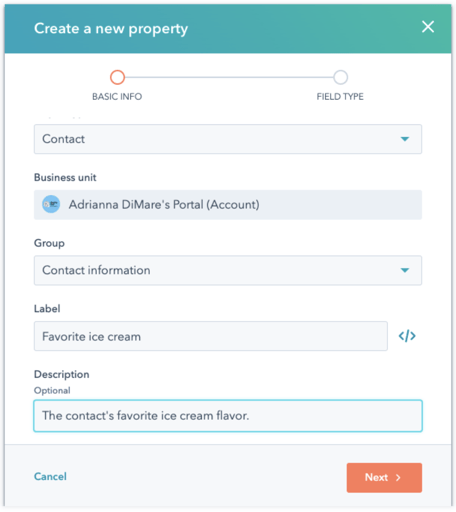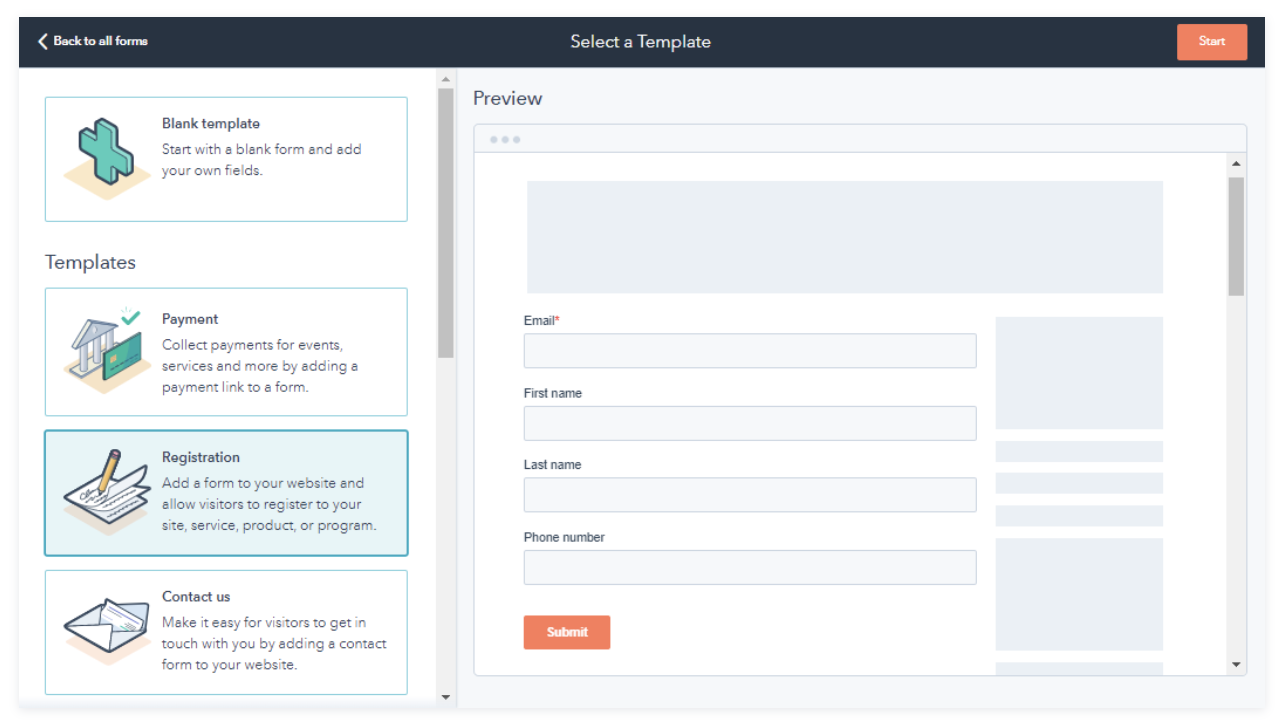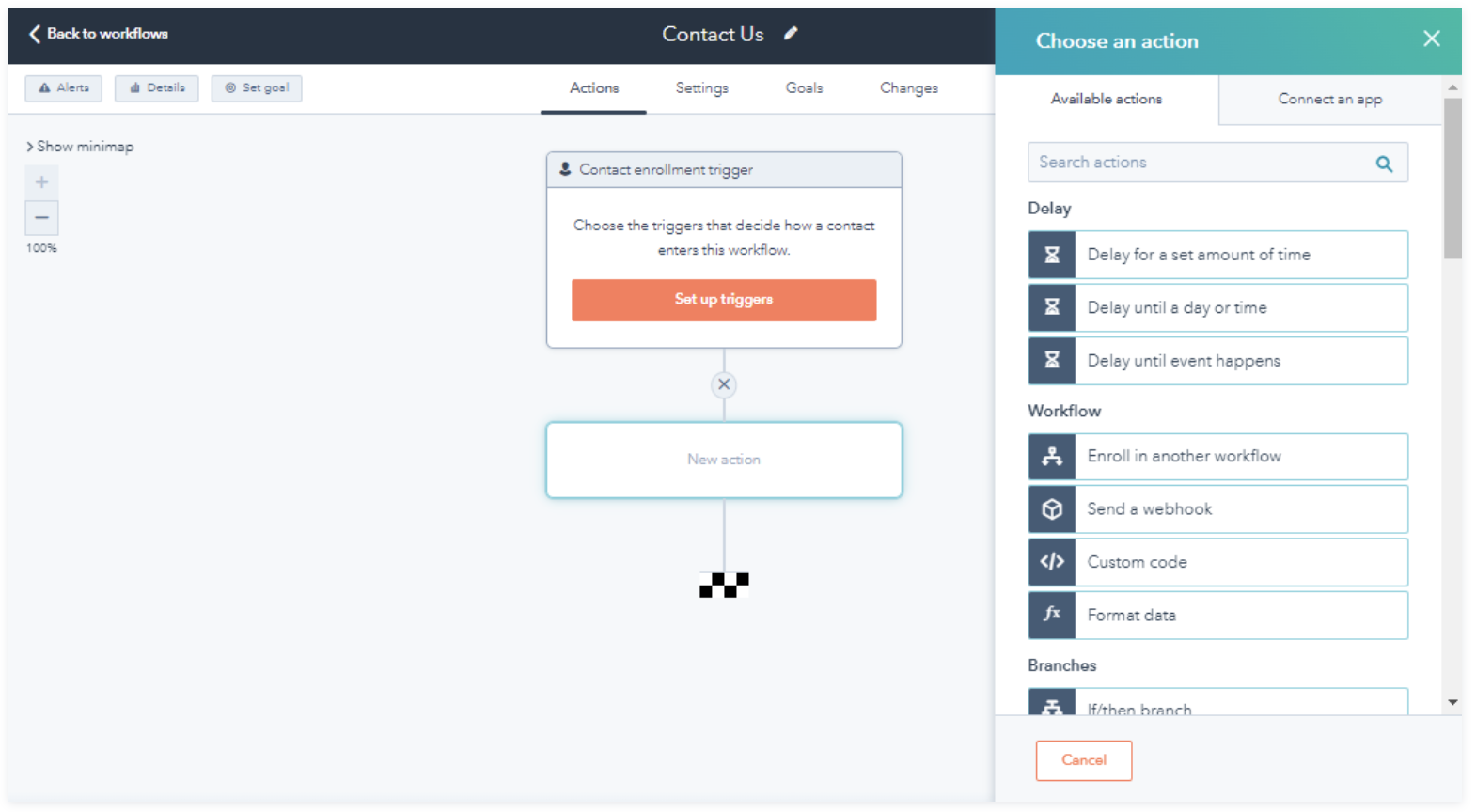If we had a go at ranking the scariest words or phrases of the English language, the word “audit” would probably fall just below the term “we ran out of coffee”. So second on the list then.
For most of us, hearing someone mention an audit induces cold sweats, nightmares of endless excel spreadsheets and an office takeover by accountants dressed in tweed suits and overly square glasses.
Luckily, running a HubSpot portal audit is far less daunting and stressful!
In fact, setting time aside to cast an eye over all of HubSpot’s moving parts, reviewing contact data, reports, automation and lead capture mechanisms will often provide clarity and help define strategies in the months ahead.
We’ve picked out a few tips to help you along the way with your audit, that will keep your inbound marketing machine running smoothly.
Take that tweed suits!
1. Clean up your contacts
Perhaps the best place to start with your HubSpot account is in your contacts. After all, what chance does your next email marketing campaign stand if the contact details are out of date, incorrect or incomplete?
Every now and then, leads enter the CRM with a disguise on. We’ve probably all seen a lead or two named “asfds”, or first name “first” last name “last”.
Whether it was an internal user testing out a form, or an actual lead who decided against leaving their real name and email, a quick scan through your HubSpot contact list can identify any “fake” contacts cluttering your CRM and email lists.
Any contact with obvious incorrect or fake details should be removed in an audit.
2. Are Your Reports Showing "Real" Data?
One of the first things to do when auditing your HubSpot portal is to take a deep dive into the different reporting tools.
You should be taking a look to see whether all of your tracking codes are installed correctly, from the HubSpot pixel to all of your social media pixels. If these are not installed correctly, the likelihood is the data you're receiving is not quite correct.
Then you want to dive into all of your sales and deal data. You need to make sure it's being recorded, and updated regularly.
We do this to make sure you have access to more robust ROI reporting. This will then be able to guide your sales and marketing efforts going forward.
Incorrect data can have huge ramifications for your business. Afterall we use data to help us make smarter decisions to ultimately help our businesses grow.
3. Audit Your Properties
Next you need to audit both your standard and custom properties.
Here you want to make sure they're not only displaying correctly, but also being associated correctly within HubSpot. Incorrect associations can affect your reporting and jeopardise existing and future customer relationships.
 Image source: HubSpot
Image source: HubSpot
4. Are Your Capturing Your Leads Correctly?
Surprisingly this is an incredibly productive and creative part of doing a HubSpot portal audit.
First, not everyone hosts their forms inside of HubSpot, if this is the case, we will often recommend changing that to offer more robust conversion data. It’s a game changer, I promise.
Next, the fun part.
We look at all the form fields. Are you asking for asking for relevant, appropriate and strategic information? You'll want to make sure you're collecting hyper-relevant data that can help inform marketing, sales and customer service decisions.
Internally, we revisit this fairly frequently, to make sure we're collecting interesting data that can then be used to drive smarter marketing and sales activities.
Lastly, you will want to make sure they connect to the correct property inside of HubSpot. You want to make sure all your forms are working, and pulling in leads and data correctly.
 Image source: HubSpot
Image source: HubSpot
5. Are Your Automations Running Correctly?
Next you'll want to will dive into any exisiting automations you might have. Often there are alerts that need addressing; like missing trigger criteria or an incorrect if/then branch causing leads to receive too little or repetitive communication from your business.
Consistent messaging is essential to good branding, by fixing any automation errors you're making sure that your leads receive exactly what they're meant to and when they're meant to. Effectively the art and science of inbound marketing.
 Image source: HubSpot
Image source: HubSpot
That's the essence of a basic HubSpot audit, once we get started though there's often lots of little elements that crop up. It's so important to take note of these things, your CRM is there to power your business in the smartest way possible, if there are small tweaks that need to be implemented to make sure your CRM is doing that, then go ahead and make those changes a top priority for your business.



